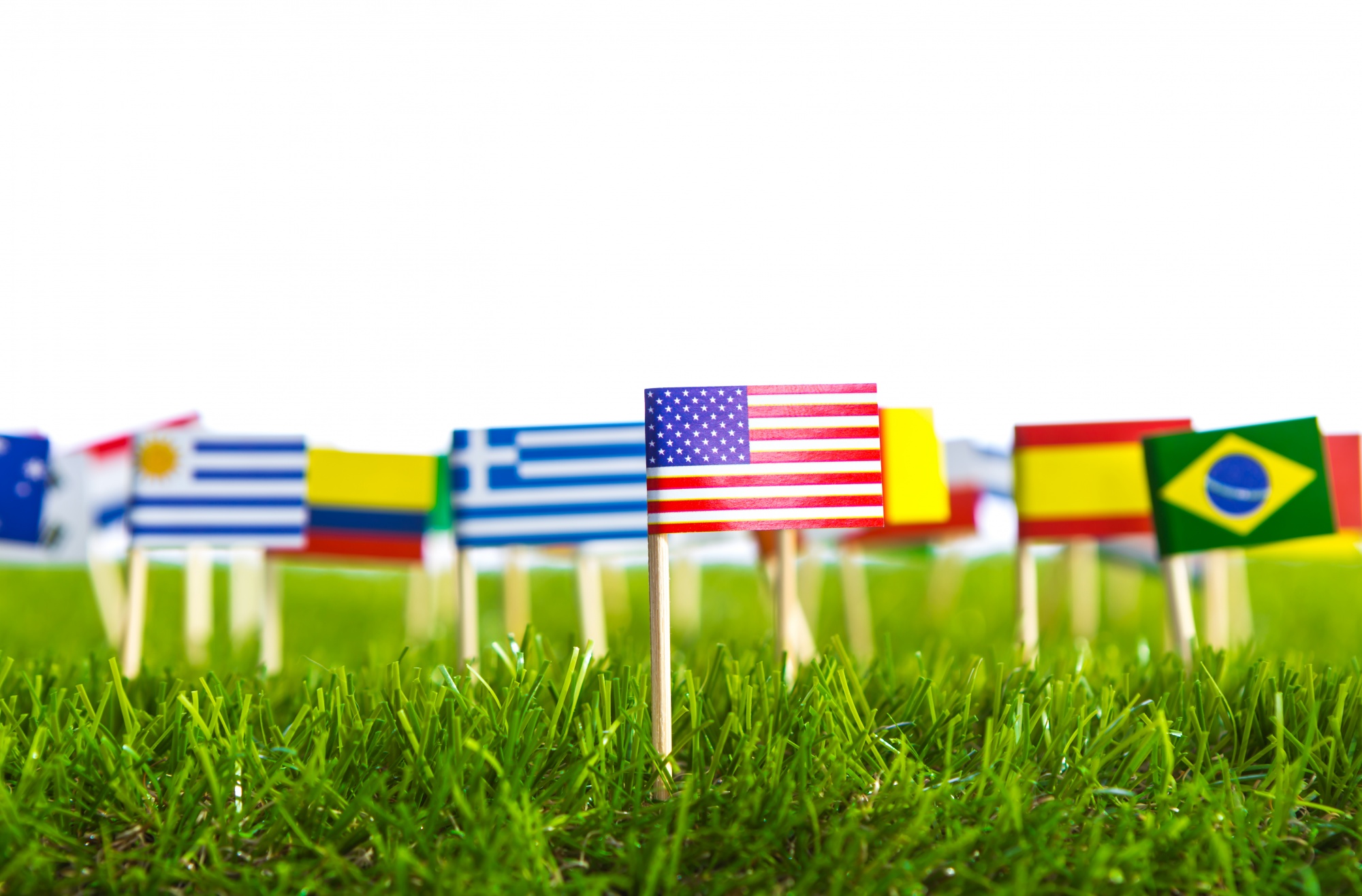The G10, or Group of Ten, is a group of ten industrial countries that work together on their finances. Please find out how this group came to be and its main goal in the world economy.
The G10: What Is It?
The G10 is a group of industrialized countries with similar economic goals. The General Arrangements to Borrow is a deal between these countries and the International Monetary Fund (IMF) that says they will give money to the IMF (GAB).
Belgium, France, Germany, Switzerland, Italy, Japan, the Netherlands, Sweden, Canada, the UK, and the United States are all part of the G10 group. To borrow money, the G10 countries get together at the Bank for International Settlements (BIS) to keep an eye on finances and loan agreements.
A Quick Look Back at the G10's History
In 1962, eight of the richest countries in the world agreed to give money to the International Monetary Fund. This was the start of the General Arrangements to Borrow. Belgium, Canada, France, Italy, Japan, the Netherlands, the United Kingdom, and the United States were the eight countries. Germany and Sweden also agreed that their central banks would give money to the IMF.
Saudia Arabia also participated in the GAB until 2018, when it ended. Before that, the GAB helped G10 countries lend money to each other when the IMF didn't have enough money. However, this only happened when members of the New Arrangements to Borrow (NAB), another credit arrangement, turned down a NAB proposal. There are more than 30 countries that are part of the NAB.
The G10 wanted most of their money to go to other IMF members, but in some cases, money has gone to countries that are not members of the IMF. International groups watch over the actions of the G10 like the European Commission, the Organization for Economic Co-operation and Developing, the International Monetary Fund (IMF), and the Bank for International Settlements (BIS).
Then, in 1964, Switzerland joined the group, making it stronger and bringing the total number of members to 11. But it was still called G10.
After it started, the G10 worked with the IMF in more ways, such as by putting out reports that led to the creation of the Special Drawing Right. Some examples of reports that the G10 has released are:
● The 2005 report on the effects of aging and changes to the pension system on financial markets
● What role do small policies play in asset markets? (2003)
● How insolvency plans affect things (2002)
● Consolidation in the financial sector should be looked into (2001)
● The use of electronic money, the creation of consumer protection policies, the enforcement of laws, and cross-border issues (1997)
● After the Bretton Woods System fell apart, the G10 made The Smithsonian Agreement, which changed the fixed exchange rate to a floating one.
Features of the G10 Countries
The main goal of the G10 is to coordinate fiscal and monetary policies to make the world economy more stable. Every year, the heads of central banks and the finance ministers of member countries get together to talk about how their financial and monetary policies affect them, their trade, and the world economy. They also decide when the GAB agreement will be put into place.
The IMF lets member countries use this arrangement when participants in the New Arrangement to Borrow (NAB) don't want to use the NAB. NAB is a loan agreement between the IMF and 38 member countries that lets them borrow extra money.
Every other month, the governors of the G10 countries get together at the Bank for International Settlements (BIS). BIS is an international financial organization owned and run by its 60-member central banks. Its main goal is to keep the economy stable, act as the central bank for central banks that are members, and encourage cooperation.
Even though the G10 is committed to making policies that ensure financial stability worldwide, critics say that most policies don't do enough to help developing countries.
What the G10 Does for the World
Since it started in 1962, the G10 has done things that have made the world a better place. Some of the benefits of the G10 are:
Global trade assistance:
The G10 finance ministers work with the World Bank and the International Monetary Fund (IMF) to develop monetary policies that help the global economy. The decisions these representatives make help countries make trade deals, which affect the whole world.
More ability to lend:
If the IMF can't give a G10 country enough money, its members can get loans through the New Arrangements to Borrow (NAB). This exchange of currencies makes it easier to borrow money, which helps the global economy grow.
How to deal with money problems:
When the economy is bad, members of the G10 can count on each other as a group. Central bank governors from the G10 meet regularly to discuss financial problems and figure out how to solve them together.
G10 Limitations
People have said that the G10 doesn't pay enough attention to helping developing countries. Since some of the member countries are very developed, the finance ministers spend most of the money on their and other developed countries interests.
 PDF Magic
PDF Magic



